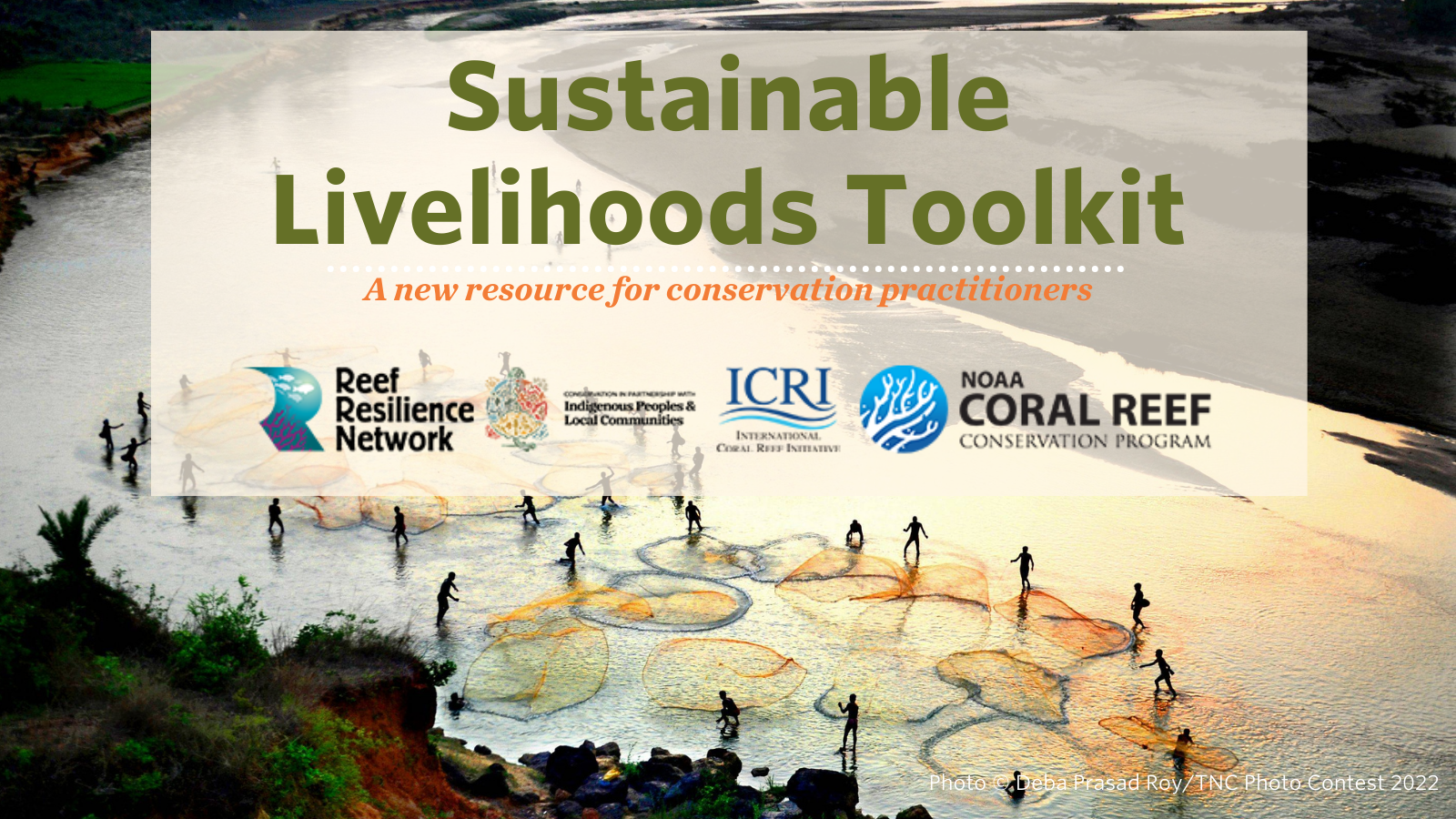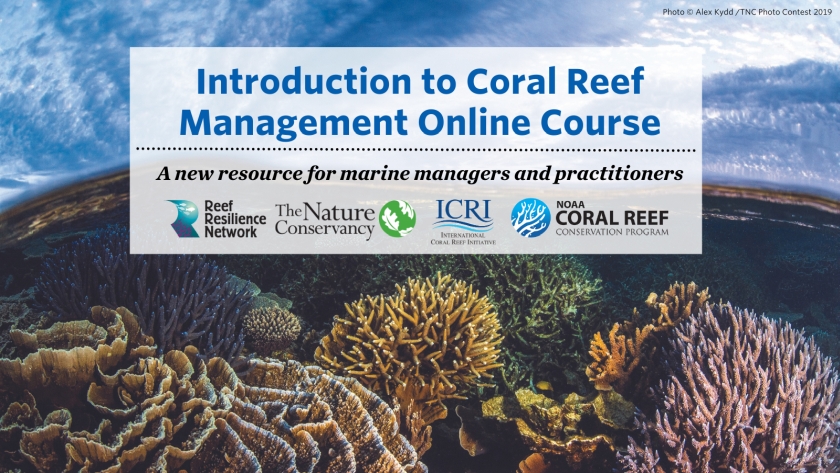This paper identified the lack of understanding of the ability to use macroalgae as an indicator of water and ecosystem quality. While species biodiversity has been used to indicate the presence of eutrophication, the use of algal bioindicators has not been used to measure nutrient enrichment. This study was motivated by the requirement of European Union states to measure the species richness of macroalgae under the Water Framework Directive. This study measured nutrient concentrations finding the highest nitrogen concentrations at the sampling sites closes to the short and no variation in phosphorous concentrations across sites. The measurement of macroalgae suggested that increasing abundance is associated with nutrient enrichment and proximity to the shore. Four algae species were found in higher abundance at sampling sites impacted by pollution, indicating tolerance. Therefore, their presence is an indicator of ecosystem degradation from land-based pollution (specifically nutrients). An interesting finding showed some cyanobacteria, algae typically associated with eutrophication and health concerns, was found in more abundance at sites not impacted by pollution. This was explained by the species’ P limitation and the consistency of P throughout the area. Another cyanobacteria, Blennothrix lyngbyacae, was found at more impacted sites because of the high N:P ratio, as this species proliferates in response to nitrogen loading. Red algae, specifically Gelidiella acerosa, is another species that responds positively to nitrogen enrichment in coral reefs. While more understanding is needed to determine what spurs proliferation of this algae to confirm that it may be a suitable bioindicator of pollution, this study did confirm that species-level macroalgal abundance can be a used bioindicator of nutrient loading. Ten species are proposed as effective bioindicators for nutrient enrichment in reefs, but that regional specificity is important and best results will likely come from evaluating multiple macroalgal species together.
Authors: Zubia, M., M. Depetris, O. Flores, J. Turquest, and P. Cuet
Year: 2018
View Abstract
Email for Full Article: resilience@tnc.org
Marine Pollution Bulletin 137: 339-351. doi:10.1016/j.marpolbul.2018.10.029


